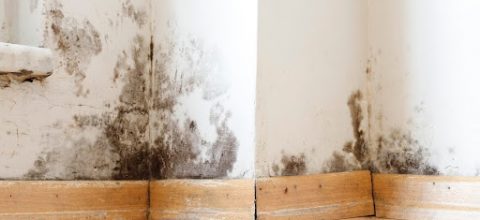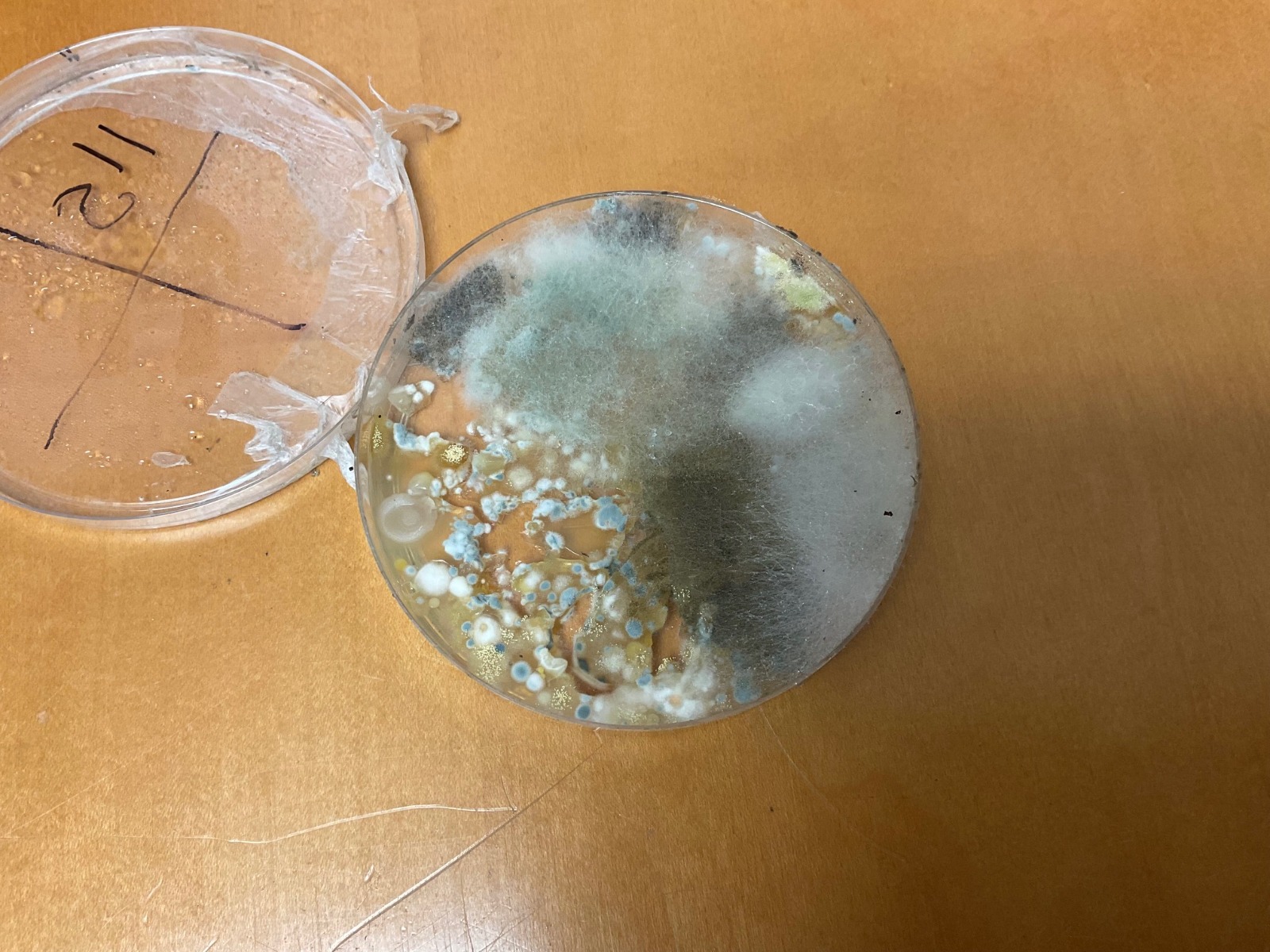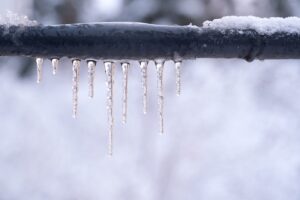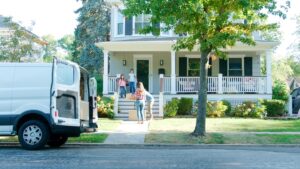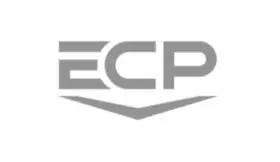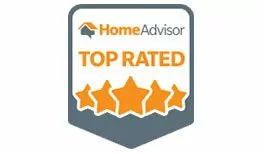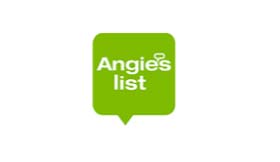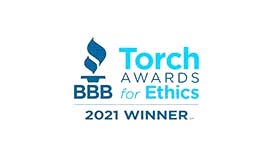Before exploring the cost of a mold inspection, it’s essential to understand when an inspection is actually needed, particularly if you suspect mold in your crawl space. This often-overlooked area can harbor significant mold growth that affects your entire home. Warning signs include persistent musty odors, especially in humid conditions, and visible mold patches in shades of black, green, or white. You might also notice dark stains on wooden beams, consistently damp conditions, or even soft, spongy floors above the crawl space.
Other red flags include peeling paint, warped flooring, and health symptoms like allergies or respiratory irritation that seem worse at home. These issues often point to excess moisture and hidden mold that can spread through your HVAC system. If you’re noticing any of these signs, scheduling a professional mold inspection is not just a precaution, it’s a necessary step to protect your health and home.
A Short Price Explanation
A professional mold inspection is often the first recommended course of action, but many homeowners hesitate due to uncertainty about costs. Typically, mold inspection costs range from $300 to $800 for average-sized homes, though prices can vary based on several factors including home size, inspection type, and your specific location. Understanding these costs can help you make an informed decision about protecting your home and family’s health.
In this comprehensive guide, we’ll break down everything you need to know about mold inspection costs, what influences pricing, and why investing in professional inspection services might be worth every penny.
Understanding Mold Inspection Basics
A thorough mold inspection involves a detailed assessment of your property to identify the presence of mold, determine the type of mold present, and pinpoint the source of moisture causing mold growth. Professional mold inspectors use specialized equipment and techniques to detect mold that might not be visible to the naked eye.
During a professional mold inspection, certified inspectors typically:
- Conduct a visual inspection of accessible areas
- Use moisture meters to detect dampness in walls and floors
- Take air samples to test for airborne mold spores
- Collect surface samples from suspicious areas
The difference between mold testing and mold inspection is important to understand. A mold inspection primarily focuses on identifying visible mold and potential problem areas, while mold testing involves collecting samples to determine the specific types of mold present and their concentration levels.
When hiring a mold inspector, look for proper credentials such as certification from organizations like the Institute of Inspection Cleaning and Restoration Certification (IICRC), the National Association of Mold Remediators & Inspectors or the Indoor Air Quality Association. A certified mold inspector has the training and expertise to provide accurate assessments and recommend appropriate remediation strategies.
Mold Inspection Cost Breakdown
The cost of a mold inspection varies widely depending on several factors. Here’s a breakdown of what influences the final price:
- Property Size: Larger homes require more time and resources to inspect thoroughly. While a small apartment might cost $300-$400 to inspect, a larger home might range from $500-$900 or more. Most inspectors charge by square foot, with rates typically between $0.25 and $0.75 per square foot.
- Inspection Type: Basic visual inspections are less expensive (around $150-$300) but may not detect hidden mold problems. Comprehensive mold assessments that include testing and sampling will increase costs but provide more detailed information.
- Sampling Methods: Different types of mold sampling affect the overall cost:
- Air sampling: $50-$150 per sample
- Surface sampling: $50-$100 per sample
- Bulk material sampling: $150-$200 per sample
- Laboratory Analysis: If samples are taken, laboratory fees become an additional cost. These typically range from $30 to $150 per sample, depending on the type of analysis required.
- Accessibility: Hard-to-reach areas like crawl spaces, attics, or inside HVAC systems may incur additional costs due to the extra time and equipment needed.
For a typical 2,000 square foot home, you can expect to pay between $300 and $600 for a basic mold inspection. A more comprehensive mold assessment that includes multiple samples and laboratory testing could cost between $500 and $1,000.
Commercial mold inspections often start around $750 but can reach several thousand dollars depending on square footage, building use, and the complexity of access.
When to Invest in Professional Mold Inspection
Knowing when to call a professional mold inspector can save you from costly repairs and potential health problems down the road. Here are some situations that warrant professional attention:
- Visible Signs of Mold: If you notice discoloration on walls, ceilings, or other surfaces, especially in areas prone to moisture.
- Water Damage: Recent flooding, leaks, or water damage significantly increases the risk of mold growth, even if it’s not immediately visible.
- Persistent Odors: A musty smell often indicates the presence of mold hidden behind walls, under floors, or in other concealed spaces.
- Health Symptoms: Unexplained allergic reactions, respiratory problems, or other health issues that improve when away from home could indicate mold exposure.
- Real Estate Transactions: Many homebuyers request mold inspections before purchasing a property, especially in humid climates or older homes.
- Post-Remediation Verification: After mold remediation, an inspection ensures all mold issues have been properly addressed.
The cost of ignoring a potential mold problem far outweighs the cost of inspection. Extensive mold remediation can range from $2,000 to $10,000 or more, not to mention the potential structural damage and health risks associated with unchecked mold growth.
What to Expect During a Professional Mold Inspection
A professional mold inspection typically takes 2-4 hours, depending on the size and complexity of your property. Here’s what the process usually entails:
- Initial Assessment: The inspector will discuss any concerns or symptoms you’ve noticed and gather information about your property’s history.
- Visual Examination: A thorough visual inspection of your home, with special attention to bathrooms, kitchens, basements, and other moisture-prone areas.
- Moisture Detection: Using moisture meters to identify potential problem areas that might not be visible.
- Sample Collection: If necessary, the inspector will collect air and surface samples for laboratory analysis. This helps identify the type of mold present and its concentration.
- Documentation: The inspector documents findings with photographs and notes throughout the process.
After the inspection, you’ll typically receive a detailed report within 2-5 business days. This report includes:
- Areas inspected
- Moisture readings
- Sampling results and laboratory analysis
- Photographs of problem areas
- Recommendations for remediation if mold is found
Understanding the mold test results is crucial for determining your next steps. A professional mold inspector can explain the significance of the findings and recommend appropriate actions based on the type of mold and extent of the problem.
AMC911: Preventing Mold Before It Starts
While DIY mold test kits might offer a quick snapshot, they can’t compete with the long-term protection provided by professional services designed to stop mold at its source. At AMC911 Crawl Space & Foundation Repair, we go beyond mold inspection—we help homeowners across Virginia Beach, Norfolk, Chesapeake, Newport News, Suffolk, and the greater Hampton Roads area prevent mold before it becomes a problem.
Mold thrives in dark, damp environments, like crawl spaces and basements, where excess moisture goes unchecked. That’s why we focus on eliminating moisture intrusion and improving your home’s resilience from the ground up. Our comprehensive services include:
- Crawl Space Encapsulation: Sealing your crawl space with a vapor barrier to block moisture and humidity
- Waterproofing & Drainage Solutions: Preventing water seepage with sump pumps, French drains, and grading corrections
Dehumidifier Installation: Maintaining dry, mold-resistant air levels in moisture-prone areas - Foundation Repair: Addressing cracks and settlement issues that allow water, and mold, to invade
Our in-house engineering team designs each solution to fit your specific property and local climate conditions. Whether you’re dealing with elevated humidity in Virginia Beach or repeated flooding in Hampton, our team brings decades of experience to keep your home dry, stable, and mold-free for the long haul.
Mold doesn’t just cause allergy symptoms, it can lead to serious structural damage if left unaddressed. By investing in proactive services like waterproofing and encapsulation, you’re protecting both your home’s air quality and its long-term value.
At AMC911, we believe mold prevention is better, and more affordable, than mold remediation. If you’re ready to stop mold before it starts, our certified professionals are here to help with proven solutions that stand the test of time.


